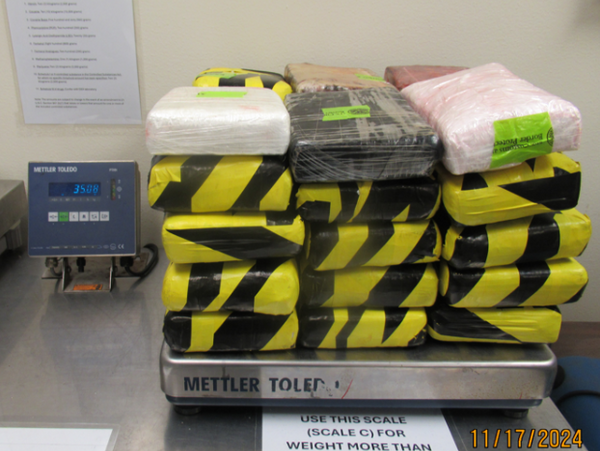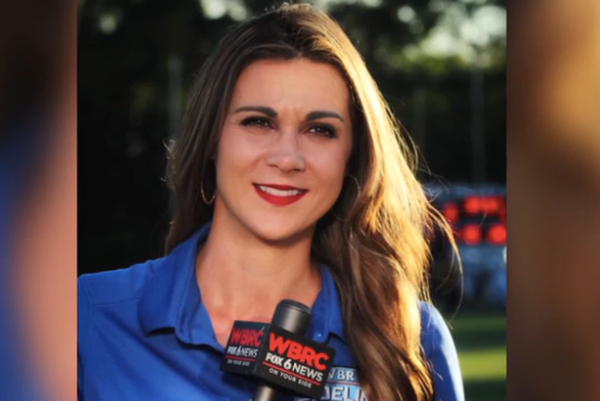Swan numbers are beginning to recover on the River Thames after years of decline, an annual royal survey has revealed.
A five-day search along the water, completed on Friday, found 115 young swans, up a third from a year ago.
The “swan upping” data shows signs that the disappearance of the birds could be starting to be reversed, according to the BBC.
Swan numbers had nearly halved over the past two years due to avian flu and human cruelty, including reports of birds being attacked by guns and catapults.
However, the new figures released by King Charles’ swan marker, David Barber, show a more optimistic picture.

The 700-year-old tradition sees six boats sailing from Sunbury Lock in Surrey to Abingdon Bridge in Oxfordshire over three days.
A group of uppers then count, weigh and give a health check to all young swans discovered along the 60-mile route.
The event has become a popular spectacle, with crowds gathering along the riverbank in the sunshine to watch the boats go past.
Mr Barber said he hoped that avian flu had "eased off", after a "quite disastrous" impact on the swan population this decade.
"Fortunately, there has been a decrease in reported cases of the disease in the River Thames area in recent months," said Mr Barber, who wears a swan's feathered cap and scarlet jacket.

Mr Barber said their search had found swans needing to be cleaned from pollution such as engine oil from boats.
The Crown has held the right to claim ownership of all unmarked swans swimming in open waters throughout the UK from as far back as the 12th century.
Nowadays, swan upping is more about conservation and education, with school children involved throughout the journey.
Hugo Dias, a pupil at Sacred Heart Primary School in Teddington, west London, told the Henley Standard: “It was a great experience knowing how they tie the knots and how they count them and check them and everything like that.
“My highlight was being able to stroke the swan because it was surprisingly fluffy.”







